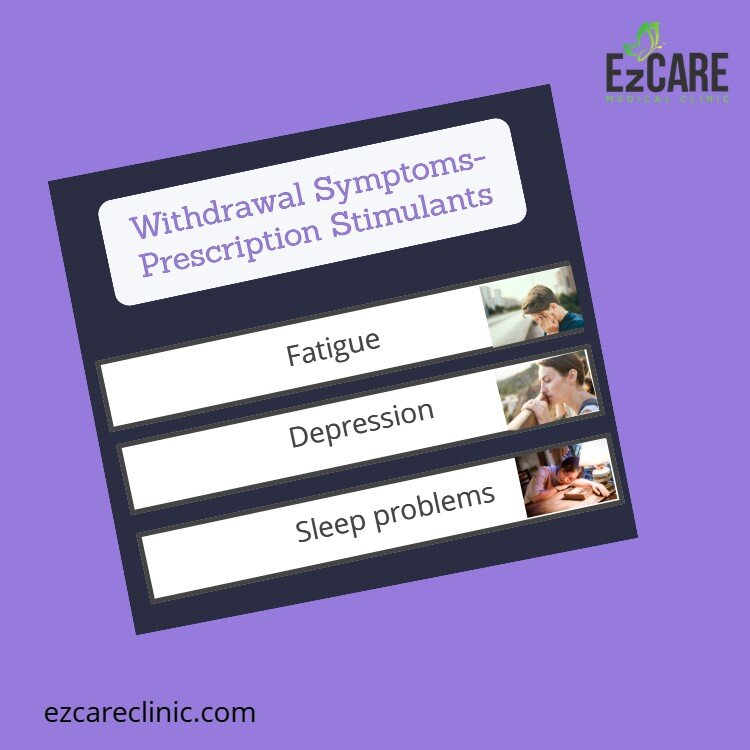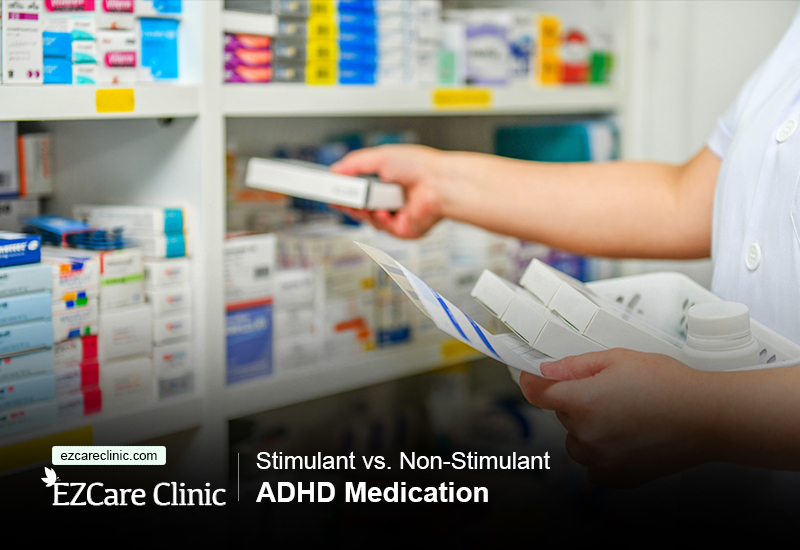Does your child struggle in class? Perhaps they are unable to sit still or focus on one topic without bouncing to a second, third, or fourth topic over the course of a few minutes? Maybe even you have found you fidget when sitting at a desk and can’t work on one task from beginning to end without checking your email, opening up social media, writing up a work memo, and then, finally, returning back to the original task. All of these are potential signs for Attention Deficit Hyperactivity Disorder or ADHD. While many assume ADHD is a childhood-only disorder, it isn’t. Millions of adults suffer from varying levels of ADHD. However, only recently have doctors developed a firmer grasp of the disorder, so children are now more likely to be diagnosed earlier on. If you, your child, or another loved one suffers from ADHD, there is no exact cure, but there are ways to control it, using either a stimulant or non-stimulant medication.
Stimulant Medication
What is the stimulant medication?
A stimulant medication generally targets the receptors in the brain that produce the chemical dopamine. By targeting the dopamine and adjusting its production, it is often possible to cut down on the hyperactivity and the need to constantly be moving about. The medical is an extended-release pill, which means it will slowly dissolve over the course of six to 12 hours. For children, this is enough to cover an entire school day, which may help improve the child’s behavior and ability to perform while at school.
Depending on the medication and the dosage, most will begin to feel the effects of the medication begin to kick in anywhere between 30 and 90 minutes. Stimulant medication is also often the first form of medication doctor will prescribe children suffering from both ADD and ADHD.
Side effects of stimulant medication
There are some general risks and possible side effects of the medication.
- Some might experience weight loss.
- In some instances, it has been known to impact someone’s height as well.
- There may also be some complications with pre-existing heart conditions, so it is important to talk with your doctor about any heart and cardiovascular diseases prior to starting the medication.
Other basic side effects include:
- Loss of appetite
- Trouble sleeping
- Tics
- Increased anxiety
- Agitation
- Psychosis

Stimulants Withdrawal symptoms
Non-Stimulant Medication
What is non-stimulant medication?
Non-stimulant medications target a different part of the brain from stimulants. While a stimulant targets the receptors that produce dopamine, atomoxetine non-stimulants will target the portion of the brain that produces norepinephrine. This helps improve attention while cutting down on hyperactivity. The second form of non-stimulants is called an Alpha-2 adrenergic medication. However, while it has been found to help reduce hyperactivity and improve attention, it is not exactly clear how the medication interacts with the brain.
Stimulant drugs are fast-acting and can be felt right away. That is not the case with non-stimulants. The atomoxetine non-stimulants can take anywhere from two to four weeks to have an effect. However, it is generally easier to taper someone off of the medication. With an Alpha-2 adrenergic medication, it will take about two weeks for the drug to be fully realized within the body. However, with this form of non-stimulant, it is necessary to be slowly taken off the drug in order to avoid withdrawal symptoms.
Side effects of non-stimulant medication
- With atomoxetine non-stimulants, moodiness is a side effect.
- With the Alpha-2 adrenergic an individual may suffer from sleepiness and fatigue. It can also lead to a drop in blood pressure.
Some uncommon side effects include
- Loss of appetite
- Feeling tired
- Nausea

Switch to non-stimulant medication
See Your Doctor
Typically, non-stimulants are prescribed if a stimulant medication did not work. However, it is always important to be correctly diagnosed by a doctor before starting any kind of medication. If you believe you have ADHD, make an appointment with the EzCare clinic today.

